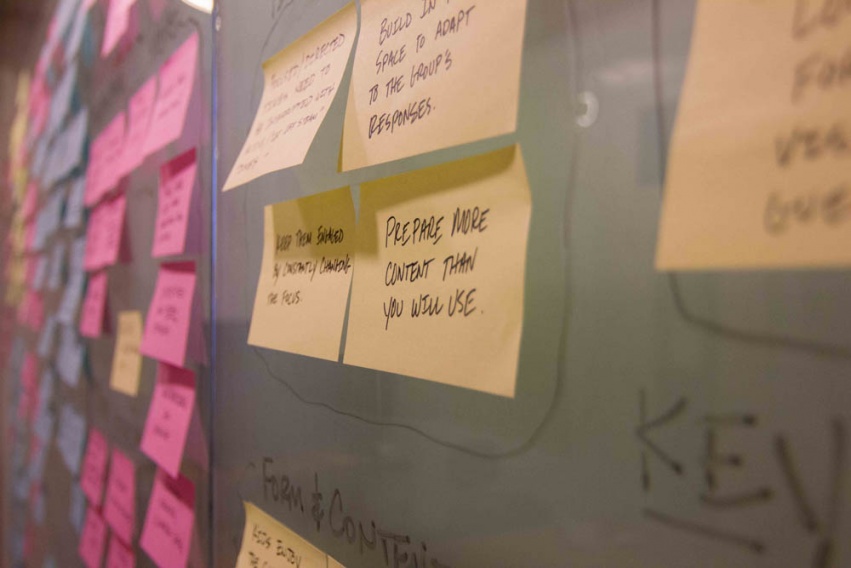What Is A Specialist Worth Anyway?
Posted July 11, 2014
 ESI thinks that design process is as important as design itself. We have always tried to innovate our approach even as we innovate experiences for institutions and brands. The way that we design, strategize, and plan for design informs the future of our creations and guides the development of our future business. We have developed our guiding design values throughout the firm’s 35 year history. You can explore the latest iteration of our design principles for further elaboration.
ESI thinks that design process is as important as design itself. We have always tried to innovate our approach even as we innovate experiences for institutions and brands. The way that we design, strategize, and plan for design informs the future of our creations and guides the development of our future business. We have developed our guiding design values throughout the firm’s 35 year history. You can explore the latest iteration of our design principles for further elaboration.
An opinion piece recently released in Wired has reminded us that the design is now changing due to technological and material factors and the way in which new generations of designers will work at a new frontier in which to work. An earlier post confronted the idea of Generation Moth, and how user experience design will adjust to new expectations. Today, we move on to another topic.
Josh Payton, VP of User Experience at HUGE, published an opinion piece in Wired last week entitled Why the Best Designers Don’t Specialize in Any One Thing. In his article Payton starts by declaring that the world of design is at an “inflection point.” This point of change means that “mobile, big data, and personalization are converging to drive truly novel user experiences across countless new channels and real life.”
The delineations between worlds, the physical and digital, are blurring as things become interconnected and touch points are expanding in potential. Everything from our heartbeat to our thermostats can now be interconnected. Buildings are being digitally enhanced to create new experiences and to tap into tenant use data. Given that the complexity of interactions is increasing exponentially, calling attention to the real-time aspects of interactivity, Payton claims that UX design is moving away from a rigid sets of tasks and into a realm more fluid and necessarily adaptable. “There is no time to agonize until a plan is perfect,” he writes, “designers need to design for extensibility, streamline development, release great products faster, and learn as much as they can in the process.”
These are important design points for the near and future digital and physical landscape. The changing nature of technology and interaction expectations demand that designers think, not only in terms of buttons and information architecture, but also about how the body reacts to holding a device, what it’s like to stand in front of a piece of technology, or the ramification of information. A generalist has to think like an industrial, graphic, interactive, physical, and experience designer. These combined factors are only the details that we now know, to be augmented by new design challenges that will arrive with new technology.
Payton takes his approach from the perspective of developing digital products. HUGE is a digital marketing firm. But the same call to quick, nimble, and iterative action can be just as meaningful when designing experiences that live in the physical world, whether they be in a cultural institution or in a branded environment.
ESI has always designed with the principle that the Audience completes the project. That is to say that a design is never done as long as interaction takes place. When creating the Dream Cube, our collaboration created a physical building that responded to the actions of the visitors, utilized crowd sourced media, and changed throughout its six month installation. The same principle extends through all of our work and makes it integral that the designers we have work collaboratively through their expertise, and are also able to maintain the larger picture of an evolving experience. So in that sense, we agree with Payton in that generalists are key to future design, but expertise is still necessary to realize the product.


Join The Conversation